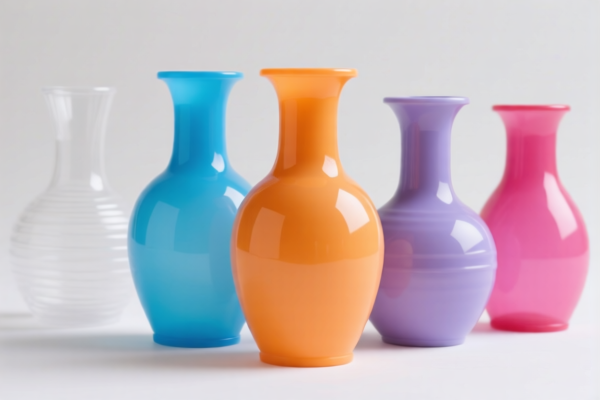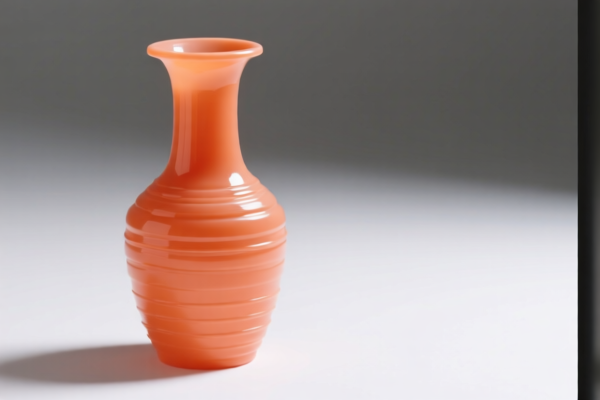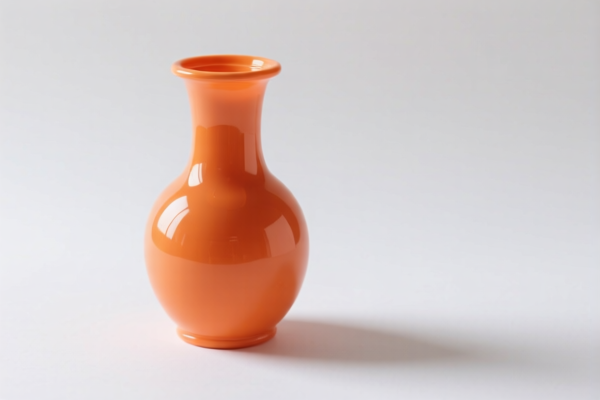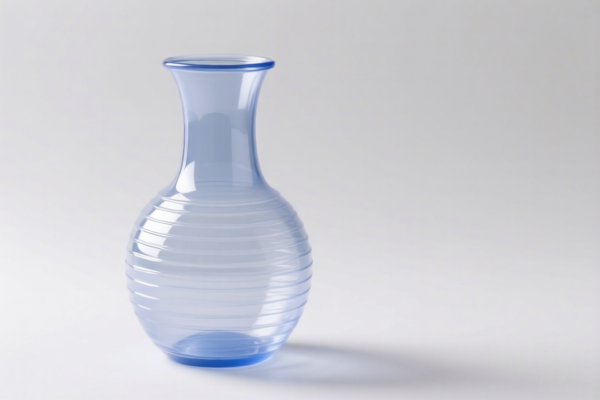| HS Code | Official Doc | Tariff Rate | Origin | Destination | Effective Date |
|---|---|---|---|---|---|
| 6913105000 | Doc | 37.5% | CN | US | 2025-05-12 |
| 6913905000 | Doc | 43.5% | CN | US | 2025-05-12 |
| 6914108000 | Doc | 64.0% | CN | US | 2025-05-12 |
| 6914908000 | Doc | 60.6% | CN | US | 2025-05-12 |
| 9620003090 | Doc | The rate applicable to the article of which it is an accessory+30.0% | CN | US | 2025-05-12 |
| 9620005000 | Doc | 60.3% | CN | US | 2025-05-12 |
| 9617006000 | Doc | 37.2% | CN | US | 2025-05-12 |
| 9617006000 | Doc | 37.2% | CN | US | 2025-05-12 |




Ceramic Vase
A ceramic vase is a decorative object typically used to hold cut flowers, but also often valued for its artistic merit in its own right.
Material
The primary material is ceramic, encompassing a range of clays fired at high temperatures. Common ceramic types used in vase production include:
- Earthenware: A low-fired, porous ceramic, often coated with glaze for waterproofing. Historically common, it's generally less durable than other types.
- Stoneware: A vitrified, high-fired ceramic, known for its strength and non-porous nature. Suitable for both functional and decorative use.
- Porcelain: A high-fired, vitrified ceramic, renowned for its translucency, delicate appearance, and durability. Often used for fine decorative vases.
- Bone China: A type of porcelain made with bone ash, resulting in exceptional whiteness and delicacy.
- Other Ceramics: Raku, terracotta, and faience are also used, each offering distinct aesthetic qualities.
Purpose
- Floral Display: The most common purpose, providing an attractive container for cut flowers and greenery.
- Decoration: Vases are frequently used as standalone decorative items, enhancing interior spaces.
- Artistic Expression: Many vases are created as works of art, showcasing intricate designs, glazing techniques, and sculptural forms.
- Historical/Cultural Significance: Vases often represent specific historical periods, cultural styles, or artistic movements.
Function
- Water Retention: Vases must hold water without leaking, particularly for fresh flower arrangements. Glazing plays a critical role in achieving this.
- Stem Support: The vase's shape and opening diameter provide support for flower stems, preventing them from falling over.
- Aesthetic Appeal: The vase's form, color, and decoration contribute to the overall visual presentation of the flowers or as a standalone object.
Usage Scenarios
- Home Decoration: Living rooms, dining tables, bedrooms, and entryways.
- Special Events: Weddings, parties, and corporate events.
- Gifting: Vases are popular gifts for various occasions.
- Collections: Antique or artist-designed vases are often collected as valuable items.
Common Types
- Floor Vases: Large, tall vases designed to stand directly on the floor.
- Table Vases: Smaller vases suitable for tabletops and shelves.
- Bud Vases: Small, narrow vases designed for single flowers or small arrangements.
- Art Glass Vases: While not ceramic, often categorized alongside due to similar function and decorative use.
- Ginger Jars: Traditional Chinese ceramic vases with a distinctive shape and lid.
- Amphora Vases: Inspired by ancient Greek vessels, often featuring handles and decorative reliefs.
- Modern/Contemporary Vases: A wide range of styles emphasizing abstract forms and innovative materials.
Ceramic Vase Classification and Tariff Information
Based on the provided information, the classification of a ceramic vase falls under ornamental ceramic articles or other ceramic articles, depending on its specific characteristics. Here's a breakdown of relevant HS codes:
- 6913105000: This code covers Statuettes and other ornamental ceramic articles: Of porcelain or china: Other: Other. This applies to ceramic vases made of porcelain or china, categorized as 'other' within the 'other' subheading. The total tax rate is 37.5%, comprised of a 0.0% base tariff, a 7.5% additional tariff, and a 30% additional tariff effective after April 2, 2025.
- 6913905000: This code covers Statuettes and other ornamental ceramic articles: Other: Other: Other. This applies to ceramic vases not made of porcelain or china, categorized as 'other' within the 'other' subheading. The total tax rate is 43.5%, comprised of a 6.0% base tariff, a 7.5% additional tariff, and a 30% additional tariff effective after April 2, 2025.
- 6914108000: This code covers Other ceramic articles: Of porcelain or china: Other. This applies to ceramic vases made of porcelain or china, categorized as 'other'. The total tax rate is 64.0%, comprised of a 9.0% base tariff, a 25.0% additional tariff, and a 30% additional tariff effective after April 2, 2025.
- 6914908000: This code covers Other ceramic articles: Other: Other. This applies to ceramic vases not made of porcelain or china, categorized as 'other'. The total tax rate is 60.6%, comprised of a 5.6% base tariff, a 25.0% additional tariff, and a 30% additional tariff effective after April 2, 2025.
Chapter Breakdown:
- 69: Ceramic products. This chapter encompasses a wide range of ceramic items.
- 6913: Statuettes and other ornamental ceramic articles. This heading specifically covers decorative ceramic pieces.
- 6914: Other ceramic articles. This heading covers ceramic articles not classified under heading 6913.
Important Considerations:
The applicable tax rate will depend on the material composition of the ceramic vase (porcelain/china vs. other ceramic materials). It is crucial to accurately determine the material to ensure correct tariff classification. Please note that additional tariffs of 30% will be applied after April 2, 2025.
Customer Reviews
No reviews yet.